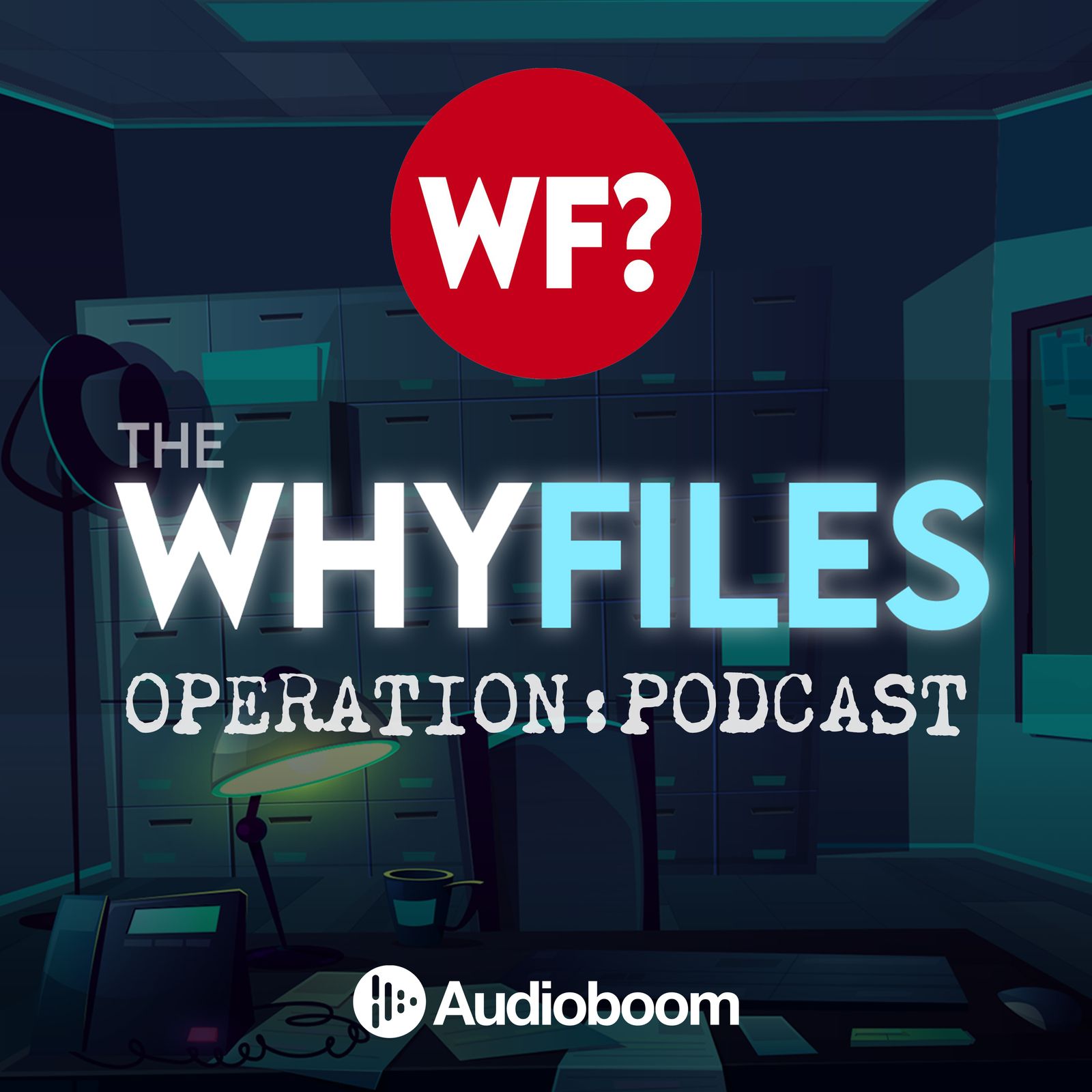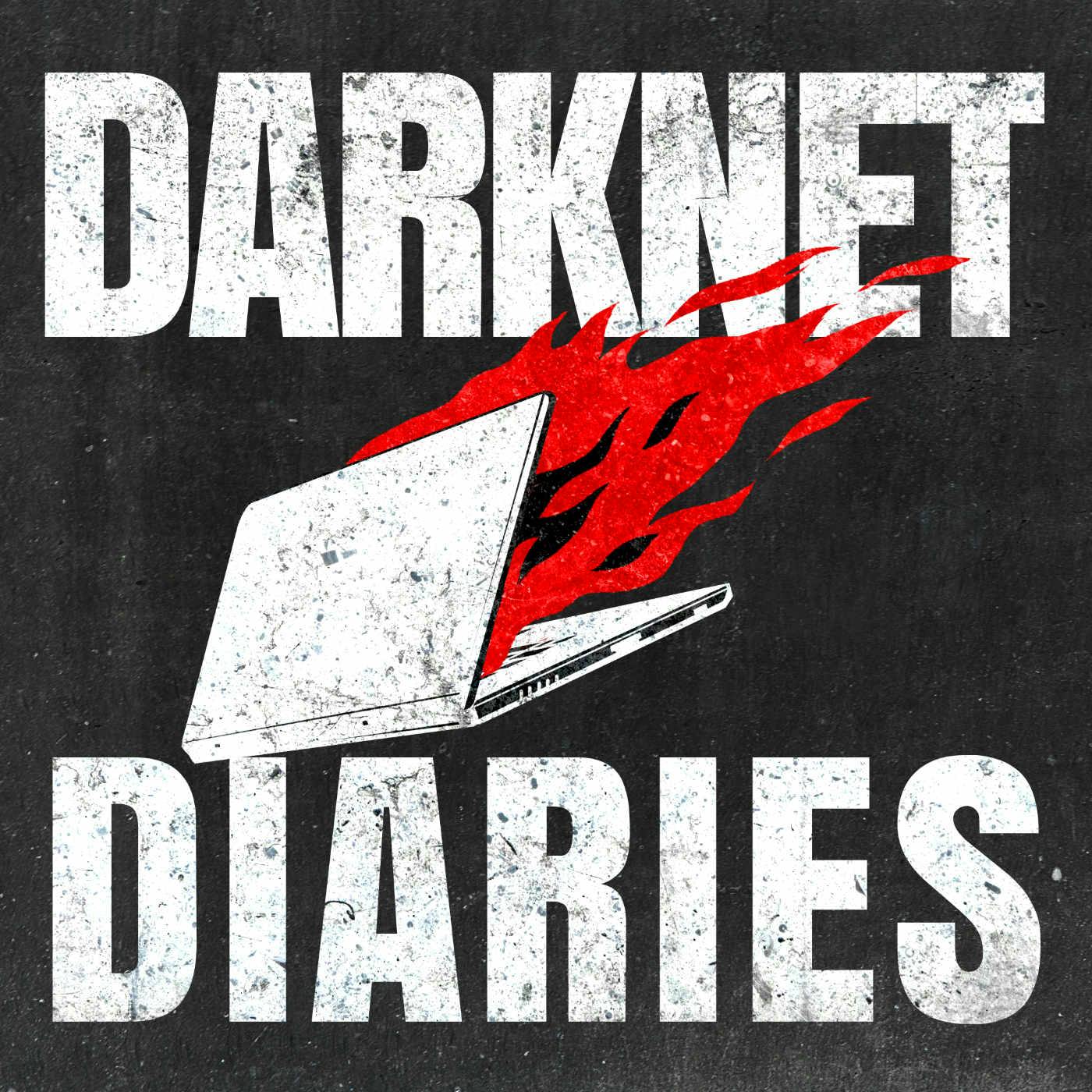
Fully Modulated
Fully Modulated is your backstage pass to the stories and signals that shaped radio, TV, and wireless communication. Join Tyler, a broadcast engineer, as he uncovers the wild moments, quirky legends, and technical breakthroughs that keep the world connected. From vintage radio hacks to the real drama behind today’s digital waves, each episode blends deep research, humor, and storytelling for anyone curious about how media magic happens. Independent, insightful, and made for every fan who loves a good broadcast mystery.
Fully Modulated
From Bomber Alerts to Amber Alerts: America's Emergency System Evolution
The familiar tones of emergency alerts that interrupt your favorite shows have a strange and fascinating origin story rooted in Cold War paranoia. What began as CONELRAD—a system designed to prevent Soviet bombers from using American radio signals to navigate—evolved through decades of technical advancement and hard lessons into the multi-layered emergency alert system we rely on today.
Journey with us through the tension-filled days of the 1950s when the government mandated radio station participation in a chaotic system that required stations to switch to specific AM frequencies during potential attacks. We explore how this military-minded approach gave way to the Emergency Broadcast System in 1963, expanding beyond nuclear threats to encompass natural disasters and civil emergencies.
The path wasn't smooth—we dive into the infamous 1971 incident when an incorrect activation code sent the nation into 40 minutes of confusion, undermining trust and prompting significant reforms. This pivotal moment highlighted the need for automation and precision that would eventually lead to the digital Emergency Alert System in 1997.
Perhaps most surprising is how this system transformed from a top-down federal command structure to a decentralized network that empowers local authorities to issue targeted alerts. The evolution reflects America's changing priorities: from Cold War defense to community safety and rapid response. Through each iteration, broadcast engineers have adapted, installing new technology and maintaining the complex systems that deliver warnings in seconds.
As we continue to integrate emergency alerts with cell phones and digital platforms, the lessons from this history remain relevant. Human error, technical limitations, and the fragility of public trust continue to shape how alerts are designed and delivered. Whether you're a broadcast professional, history buff, or simply curious about the technology that keeps communities safe, this deep dive offers fresh insights into a system we often take for granted until we need it most.
Send me a text message with your thoughts, questions, or feedback
Visible Wireless by Verizon
Same Verizon coverage, way cheaper bills. No contracts or hidden fees. $20 off for both of us.
If you enjoyed the show, be sure to follow Fully Modulated and leave a rating and review on Apple Podcasts or your favorite podcast app—it really helps more people discover the show.
Fully Modulated is not affiliated with or endorsed by any station, media company, or network. All opinions are solely my own.
Hey there, before we dive in, if you like what you're hearing, take a second to follow, share this episode with a friend and leave a rating or review. It really helps others find the show. So what if I told you that the system that alerts millions of Americans to tornadoes, amber alerts or even nuclear threats was built on the bones of the Cold War paranoia, hijacked radio waves and a bit of bureaucratic luck. Welcome back to Fully Modulated of bureaucratic luck. Welcome back to Fully Modulated, the podcast where signal meets story. I'm Tyler Woodward, a senior broadcast engineer for a network of public media stations. I've been in this industry since 2014 and hold a CBNT certification through the Society of Broadcast Engineers. This show is all about peeling back the layers of the broadcast industry, especially for those who've always been curious on how everything really works behind the scenes. Today we're exploring a strange, tense yet fascinating history that led to the emergency alert system as we know it.
Speaker 1:The emergency alert system didn't begin as a way to warn you about a missing child or a weather event. It began as CONORAD, short for Control of Electromagnetic Radiation, developed in the 1950s. During the height of the Cold War, the US government feared that Soviet bombers could use American broadcast signals to navigate toward targets. The response A plan to shut down most radio stations during an attack and switch others to certain AM frequencies 640 and 1240 kHz on a rotating basis. It was chaos, prevention disguised as control. This system was mandatory. Every AM radio station had to participate, with custom signs posted next to transmitters showing how to switch over. It was a radical idea Control the very airwaves to prevent an attack. But from the start it was riddled with technical issues and operator confusion. Many stations didn't switch quickly enough, others had signal interference problems or failed entirely.
Speaker 1:By the 1960s, conrad was already feeling outdated. There was no provision for local emergencies. In a country growing more reliant on television, the radio-only model was limited. The need for something more flexible and less military-minded was becoming obvious. In 1963, the Emergency Broadcast System, or otherwise known as EBS, replaced Conorad. This marked a turning point. The system shifted from national defense to public communication.
Speaker 1:Ebs was designed to let the president address the nation within 10 minutes of an emergency. While that top-down command structure remained central, the scope expanded Suddenly. It wasn't just about nuclear war. It could be used for natural disasters and civil emergencies. Ebs introduced attention signals and scripts. Broadcasters now had access to the tools to interrupt programming and broadcast official emergency information. But here's the catch While the system was technically in place for decades, it was almost never used by the president.
Speaker 1:In fact, many people who worked in radio through the 70s and 80s never saw a real activation. One reason the system was clunky. It relied on telephone lines, manual procedures and lots and lots of human intervention. There were tests weekly and monthly, but the real alerts were rare. Ebs was built with good intentions, but it often felt more like a formality than a functioning warning tool.
Speaker 1:One of the most infamous incidents in EBS history happened on February 20, 1971 at 9.33 am Eastern Time. An incorrect activation code was transmitted from NORAD to broadcasters across the country. The message told stations to cease regular programming and wait for a follow-up, but that follow-up never came. The code used hatefulness. It was a real activation code, not a test. Stations scrambled, some cut programming, others ignored it, assuming it was an error. The Associated Press even ran a bulletin about the alert. The confusion lasted for nearly 40 minutes before officials realized the mistake and sent the cancellation notice. This event shook trust in the system. Investigations revealed that the wrong tape had been pulled by mistake. And it wasn't just a wrong message. It was a real deal. The fallout led to tighter procedures. Better training and increased scrutiny of EBS were undeniable.
Speaker 1:Engineers and policymakers recognized the need for automation. Manual relay chains and paper scripts weren't going to cut it in the era of increase in weather volability and fast-moving threats. Enter the groundwork for the emergency alert system, which arrived in 1997. The EAS was envisioned as a digital system. Alerts would be relayed automatically using the specific area message encoding or same tones, allowing for precision targeting and faster dissemination. Allowing for precision targeting and faster dissemination. No more relying solely on operators to catch faxes or follow codes. The system was meant to be proactive and reliable. The vision was driven not just by technology but by a changing threat landscape. The Cold War was ending, but domestic threats like hurricanes, terrorism and missing children were becoming more central in the national psyche. Emergency communication needed to modernize.
Speaker 1:A major feature of the emergency alert system was its ability to support local authorities. State and local governments could now issue alerts through the same infrastructure. This decentralized model gave more control to regions and broadcasters. Suddenly, a county official could alert a certain area about a flood or even a chemical spill, without relying on Washington. That localization wasn't just about geography. It was about trust.
Speaker 1:Local broadcasters, often seen as a familiar and reliable voice, became essential partners in the emergency response. Their involvement also drove improvements in EAS technology, as stations invested in equipment like EAS decoders and encoders that could respond automatically. This marked a shift from the Cold War era top-down broadcast system to a more flexible bottom-up approach centered around the needs of the communities. In the 1990s, fema took a more active role in emergency communications, working closely with the FCC and the National Weather Service. The formal birth of the EAS in 1997 was the result of years of policy work, technical planning and interagency collaboration. And inter-agency collaboration. The FCC mandated participation in national alerts but left local and state messages as optional. Stations were required to install EAS-capable equipment, and weekly and monthly tests became standardized across the country. Over time, public alerting systems like NOAA, weather Radio and IPALS would integrate with EAS, creating a layered emergency ecosystem. This modernization effort wasn't just technical, it was cultural. Broadcasters began to see themselves as essential emergency communicators, not just conduits for entertainment seek communicators not just conduits for entertainment.
Speaker 2:This is a coordinated monthly test of the broadcast stations of your area. Equipment that can quickly warn you during emergencies is being tested. If this had been an actual emergency, such as a tornado or flash flood or a civil emergency warning, official messages would have followed the alert tone. This concludes this test of the Emergency Alert System.
Speaker 1:If you're enjoying this deep dive, do me a huge favor. Like the show, follow along and share it with a colleague or maybe a curious friend. If you've got 30 seconds, leave a review. It really helps others discover. Fully Modulated, the emergency alert system we know today didn't arrive fully formed. It's a patchwork of legacy ideas and hard lessons learned. Conal Rad taught us that fear can drive innovation but also lead to impractical solutions. Ebs reminded us that human error must be accounted for in an emergency plan. Eas is more robust but still evolving.
Speaker 1:The introduction of CAP, common Alerting Protocol the growing influence of cell phone alerts and the ever-present challenge of public trust continue to shape how EAS operates. The history isn't just curiosity. It's a blueprint that historical context matters. Engineers who understand the system's origins are better equipped to maintain and improve it, and listeners who understand how alerts get here are more likely to trust and act upon them. One of the underappreciated impacts of this historical journey is how it shaped broadcast culture. Testing is now second nature. Engineers know what to listen for. Stations plan for EAS compliance in their budgets and their training. It's no longer an afterthought, it's part of the broadcast DNA.
Speaker 1:This wasn't always the case Back in the Conrad days and early EBS days. Tests were irregular and training was well more or less inconsistent. The repeated missteps over the decades helped create a culture of diligence. Helped create a culture of diligence. Today's EAS alerts may still occasionally glitch, but the system is monitored, logged and reviewed constantly. Broadcast engineers like myself play a quiet but crucial role in this safety net. We're the ones installing the encoders, wiring the relays and reviewing the logs. No-transcript. While the 1971 false alert was infamous, it wasn't the last. The 2018 Hawaii Missile Alert, sent to cell phones via the Wireless Emergency Alert System, wea, reminded the public and the industry of how fragile trust can be. The panic that ensued wasn't just about the message. It was about the system that allowed it to happen. In the aftermath, both FEMA and the FCC doubled down on process improvements. That included better user interfaces, more verification steps and new training requirements, but it also reignited the interest in the EAS role as the final failsafe for getting the word out quickly and correctly.
Speaker 1:Today we walk through the origin story of emergency alerting in the United States, from Cold War countermeasures to modern decentralized digital systems. Eas didn't emerge overnight. It grew, it stumbled and it adapted, just like the world around it. Next episode we'll go inside the tech, the gears and the wires that make the system work. If you've ever wondered how the signal gets from FEMA to your FM radio in seconds, you don't want to miss that one. And hey, if you're a broadcast engineer with a good EAS story or even a test that went sideways, I want to hear about it. Text into the show using the link in the episode description. We'll be right back, like what you heard. Tap that follow button, leave a rating and share the show with someone who geeks out on radio signals or public safety. And, if you want, you can support the show directly. You can become a modulator for just $3 a month at FullyModulatedcom. It helps keep the signal strong.
Speaker 2:This concludes our broadcast day Click.
Podcasts we love
Check out these other fine podcasts recommended by us, not an algorithm.

The Why Files: Operation Podcast
The Why Files: Operation Podcast
Sightings
REVERB | QCODE
This Week In Radio Tech (TWiRT)
guysfromqueens
The Ezra Klein Show
New York Times Opinion
Alive with Steve Burns
Lemonada Media
Friends Who Pretend
Chris Bryant
99% Invisible
Roman Mars
Hard Fork
The New York Times
Tetragrammaton with Rick Rubin
Rick Rubin
The 404 Media Podcast
404 Media
The Daily
The New York Times
Honestly with Bari Weiss
The Free Press
Search Engine
PJ Vogt
Pod Save America
Crooked Media
Danny Jones Podcast
Danny Jones | QCODE
Darknet Diaries
Jack Rhysider
Soul Boom
Rainn Wilson
